One of the most frequent wish-list requests we get from S2 users is to have a really good long telephoto. The Leica APO-Tele-Elmar 180mm f/3.5 is an amazingly good lens, but sometimes it just isn’t long enough. Since adapters for third party lenses became available about a year ago, we’ve been on the hunt for some options.
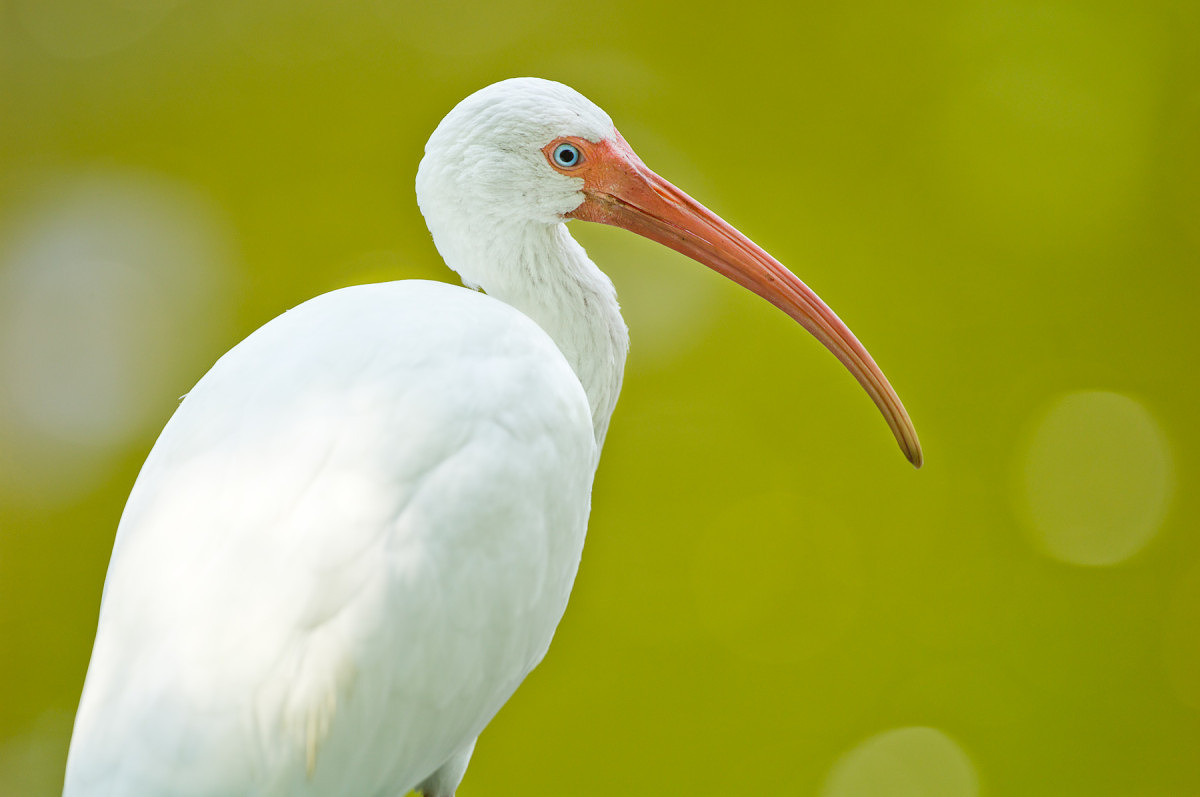
Leica S2 with Leica 400mm APO-Telyt-Modular, 1/350th @ f/4, ISO 320
100% Crop
We’ve tried the legendary Hasselblad 350mm f/5.6 CFE Tele-Superachromat (click here for Josh's test), the more affordable Hasselblad 350mm f/5.6 CF, as well as the Pentax 67 400mm f/4 ED-IF. Every alternative lens has had its advantages and disadvantages. The Pentax 400mm has great color but lacks real sharpness until stopped down to f/8. The 350mm SA only offers a f/5.6 max aperture and its optical quality is only matched by its high price tag and lack of availability. The 350mm CF lens is pretty sharp, but has the strongest CA of any long lens we’ve tested.
For a while now, we’ve toyed with the idea of converting Leica R glass in spite of its smaller format. Our first foray was several months ago when we attempted to adapt a 2x APO teleconverter to S mount. The idea was to have a somewhat universal adapter solution, which would be especially useful for lenses like the 180mm APO-Summicron, making it a 360mm f/4. While the conversion kind of worked, the S2 mirror would hit the rear element of the teleconverter rendering it useless for anything other than just looking through the viewfinder.
One of my long-time customers expressed an interest in possibly converting one of his APO-Telyt-Modular focus modules to S mount. He had used a Kapture Group adapter solution to mount the lens on an optical bench to a Phase One P45+ and the image circle covered the full 36x48mm area of the sensor. The challenge in converting a 35mm lens to medium format, in this case the S2, is that the register distance is shorter than the original lens design. This means that using an attached adapter would put the rear element too far away and infinity focus wouldn’t be able to be achieved. So, we knew that the lens barrel would have to be shortened. Another complication was that the aperture ring is all the way at the rear of the lens – the very same area we needed to shorten. But, through the skill and persistence of our machinist, the aperture ring was repositioned forward with all the mechanical linkage reworked so that full aperture control could be retained. Because of the lengths required, only the 1.4x and 2x modules can be adapted at this time. The 1x module just doesn’t have a long enough barrel at the rear for the aperture ring to be accommodated.
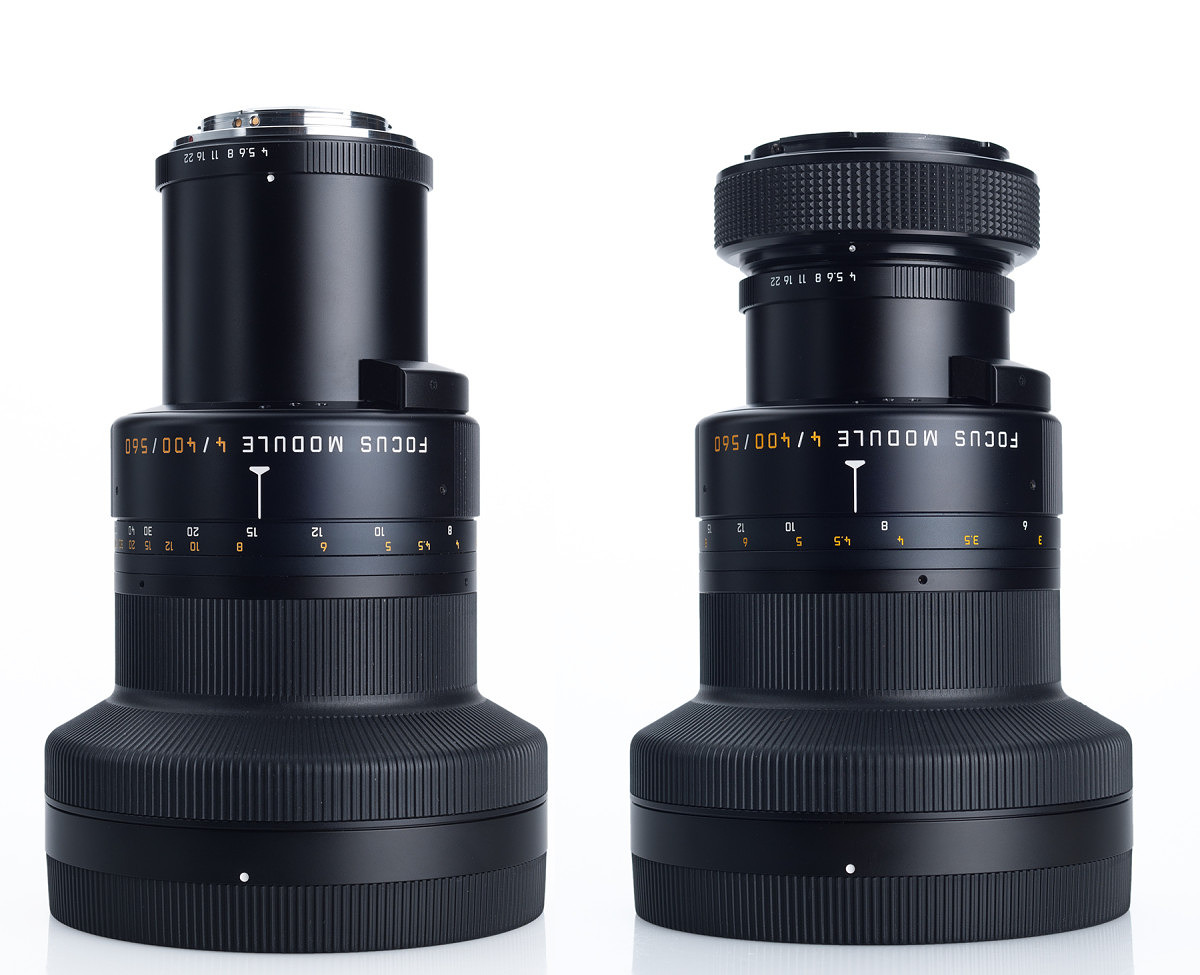
Before and After
On left: the module with original R mount, On right: the module shortened and adapted to S mount
When we received the lens back from our machinist last week we couldn't wait to mount it. Sure, at first glance, an R lens with an S bayonet is a little strange…. But in a really good way. Mechanically and cosmetically, we were extremely satisfied. The area around the mount has been built up and surrounded with rubber to make mounting easier. There is absolutely no wiggle or play in the adapted section or when mounted on the S2. It just clicked into place as it should. Inside, all surfaces are finished with black felt baffling to eliminate any possible internal reflections. Nice touch.
The true test was mounting the lens on the camera, seeing if it could be focused and achieve infinity, and, of course, see if we were able to get full frame coverage. We attached the 1.4x Focus Module to the 280/400/560 lens head, put the combo on a heavy duty Gitzo and carried the whole setup out into the parking lot.
Focus was silky smooth and so much nicer than we had experienced with any of the other alternative lenses we’ve tested. The viewfinder image was extremely bright and crisp. It almost felt like I was looking through a Leica lens… oh wait, I was! My very first shot was of Josh’s license plate. I quickly focused and shot wide-open. Upon initial review there was no vignetting at all. Then, zooming in on the LCD, I could see the line screen patterning on the plate. We were in business!
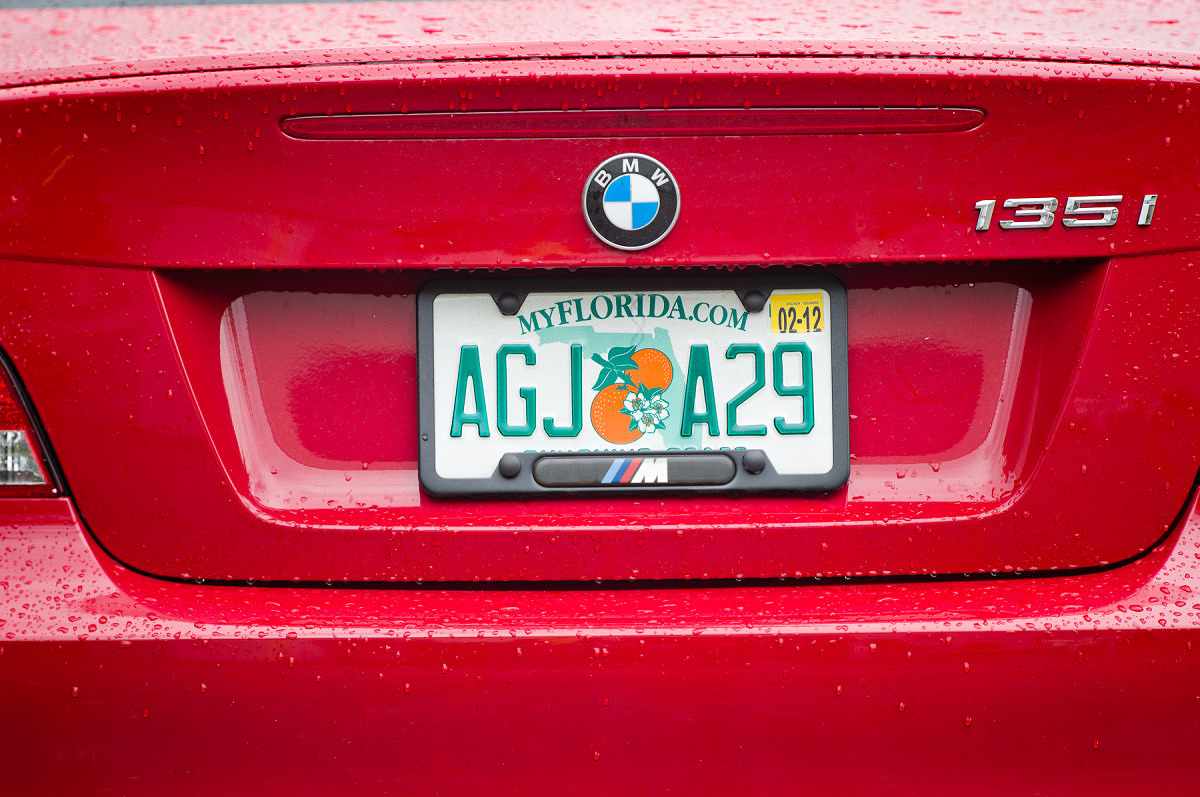
Leica S2 with Leica 400mm APO-Telyt-Modular, 1/180th @ f/4, ISO 160
100% Crop
For a minimum focus test, I shot some flowers from about 4.5 feet. I was treated to a very luscious and smooth rendering in the viewfinder with basically no depth of field whatsoever. Took the shot then carried the tripod setup over to do the infinity test.

Leica S2 with Leica 400mm APO-Telyt-Modular, 1/250th @ f/4,ISO 160
100% Crop
I aimed the camera at a radio tower a few hundred feet away that we use for this purpose on a regular basis. Well, I’ve never seen that much detail before on any test. Not only was the very first image from the camera incredibly sharp, but with the extra magnification due to long focal length, combined with the high megapixel count of the S2, I saw textures and details on that structure that I’ve never been able to make out before. Very, very impressive.
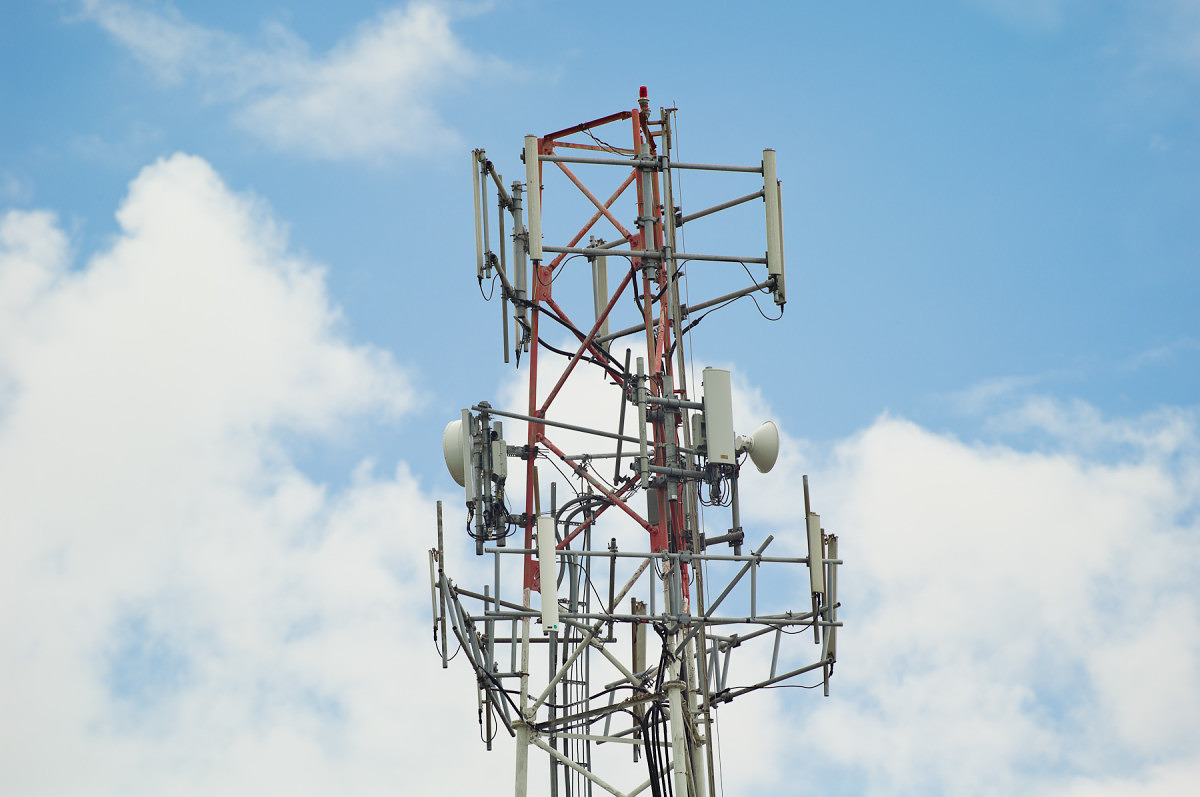
Leica S2 with Leica 400mm APO-Telyt-Modular, 1/500th @ f/8, ISO 160
100% Crop
Upon closer inspection of the radio tower at 100% in Lightroom, I did notice a very fine green edge on the structure. With +8 adjustment to the Red/Green CA slider, the CA was completely removed from the image. I then modified my standard S2 preset with the addition of the CA correction and saved it as a new one. Easy. Lenses like the Hasselblad 350mm f/5.6 CF, while sharp, were not easy to correct for CA. The Leica is.
It is interesting that the APO-Telyt-Modular isn’t 100% CA-free given its APO designation, yet the Leica S APO lenses are. I suspect that you’d have been extremely hard pressed to have ever seen any on 35mm slide film (what the lens was designed for), even with a 10x loupe. I’ve shot with the same lens on the DMR and the resolution was apparently too low to see the very small color edge. The S2, with a larger-than-35mm sensor and 6µm pixel pitch places an extremely high demand on lenses. The simple fact that a 35mm analog lens can perform as incredibly on the S2 as it does is a feat unto itself. I think I will forgive its very minor imperfection here.
We felt the next task was to put the lens to the test in a real-life usage scenario. The two most common reasons for wanting a longer lens are for sports and wildlife. Without easy access to a football game, Josh and I headed out to Flamingo Gardens to take pictures of birds and other wildlife.
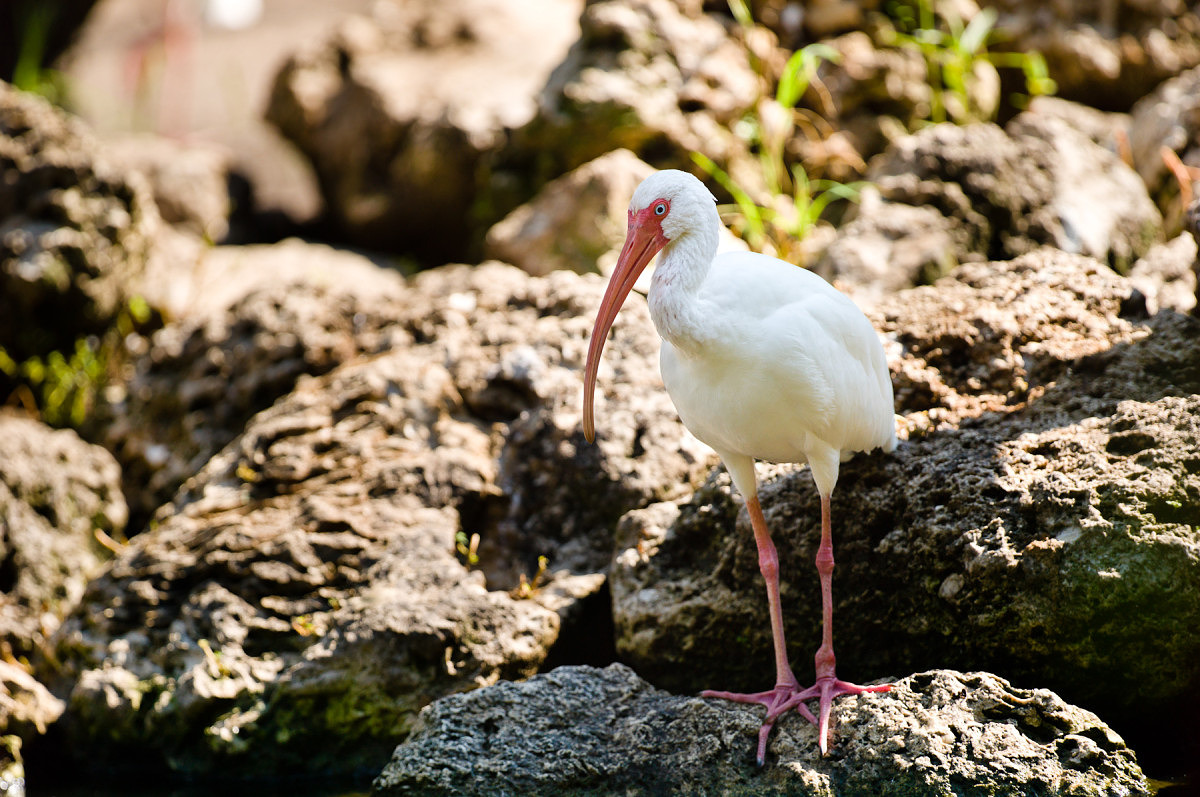
Leica S2 with Leica 400mm APO-Telyt-Modular, 1/1000th @ f/4, ISO 320
100% Crop
Okay, so I have to give full disclosure here. I'm not the world's best bird photographer. It’s been a few years since I have attempted to shoot wildlife. Josh actually had to take a picture of a card they had in the gift shop so I could even start to identify what I was taking pictures of. Ornithologists, we are not. Nevertheless, we ventured out into the “wild” on a paved walkway towards the flamingo pond to begin our journey. Josh documented my shooting with his D-Lux 5.
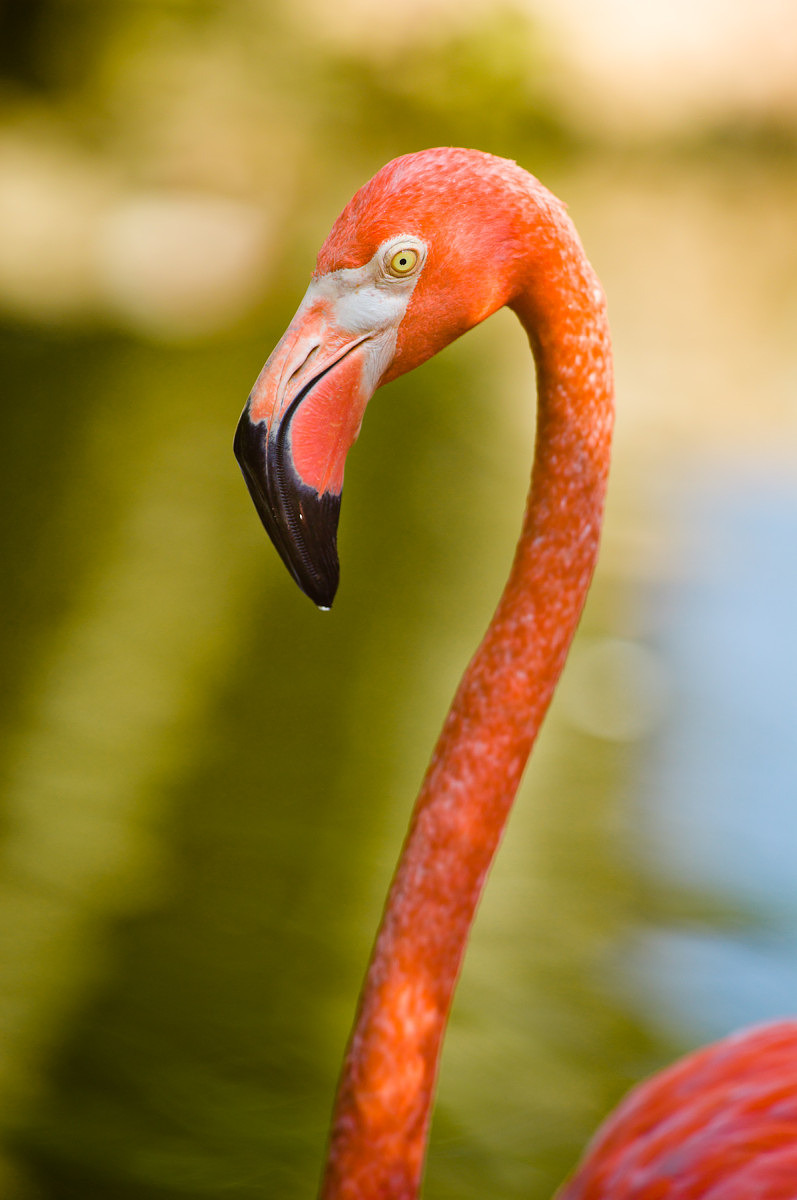
Leica S2 with Leica 400mm APO-Telyt-Modular, 1/1000th @ f/4, ISO 320
100% Crop
Shooting moving, uncooperative birds is much more difficult than shooting static subjects and it took me a little while to find my groove. Because of the nature of the compositions that lend themselves to wildlife photography, especially birds, I very rarely had a chance to focus with my subject centered. Here, the extra bright viewfinder, excellent ground glass on the focusing screen, and the generous f/4 max aperture, all combined to make focusing off-center relatively easy.
I did find that I had a higher hit rate of in-focus shots for closer subjects than those farther away. The reason, of course, is that my target to focus on filled a larger portion of my frame close-up. Here, I'm only about five feet away from this box turtle. I didn't notice until after that there was a fly on his nose. Check the 100% crop to see for yourself.

Leica S2 with Leica 400mm APO-Telyt-Modular, 1/500th @ f/4, ISO 320
100% Crop
Almost all of my shooting was wide-open. While I was interested in testing the limits of the lens, I was also keenly aware of the need to keep my shutter speed up. Yes, I was shooting on a tripod, but that still doesn’t completely eliminate vibration due to shutter bounce or, more importantly, blur due to subject movement. Live subjects move a lot.
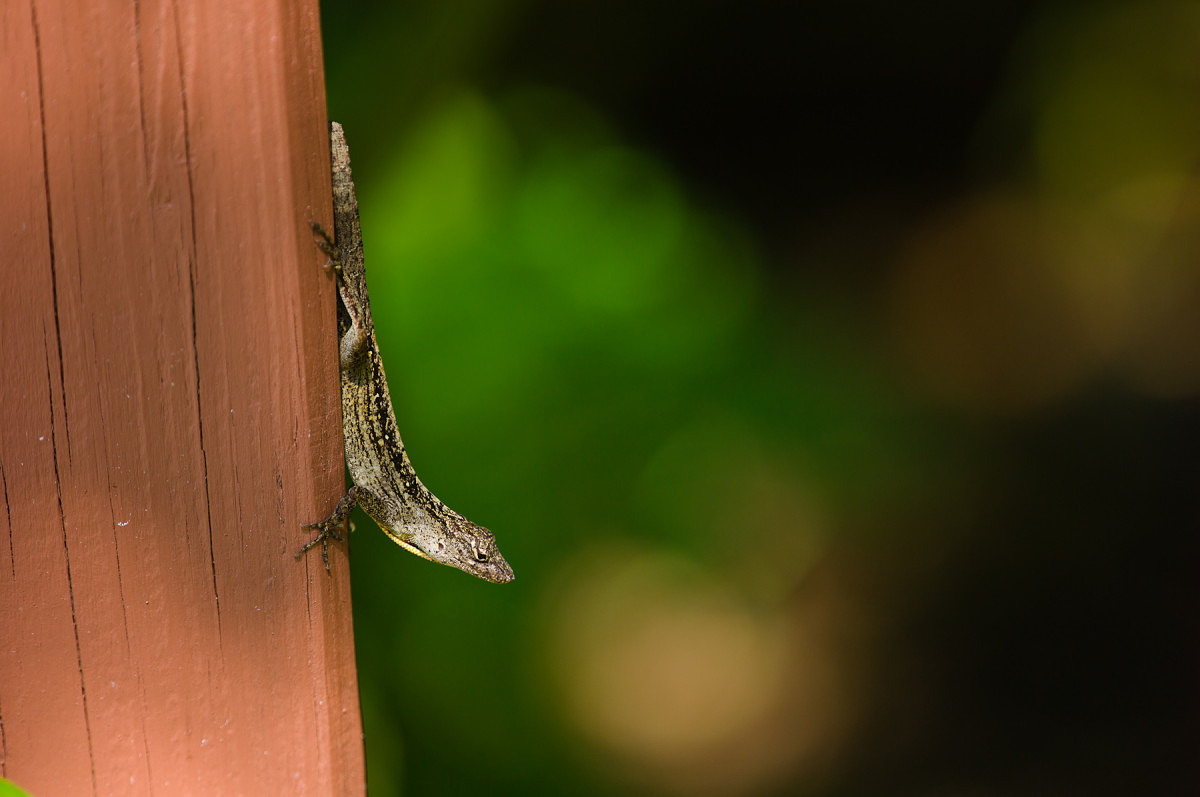
Leica S2 with Leica 400mm APO-Telyt-Modular, 1/250th @ f/4, ISO 320
100% Crop
Going through this process made me painfully aware that with as much of a challenge as I was facing shooting a long lens at f/4, matters would be far, far worse if I had to shoot at f/8 (as is the case with the Pentax 400mm). Most of my shooting was done at ISO 320, but I would have been forced to shoot entirely at ISO 1250 to maintain the same shutter speed given the slower aperture. And, as was often the case, I was raising up my ISO to 640 as the need arose. If I was shooting at f/8, I would have run out of ISO headroom and would have either had to open up the aperture, resulting in a significant loss of sharpness, or I would have had to take my chances with a slower than optimal shutter speed. Neither would have been a good choice.
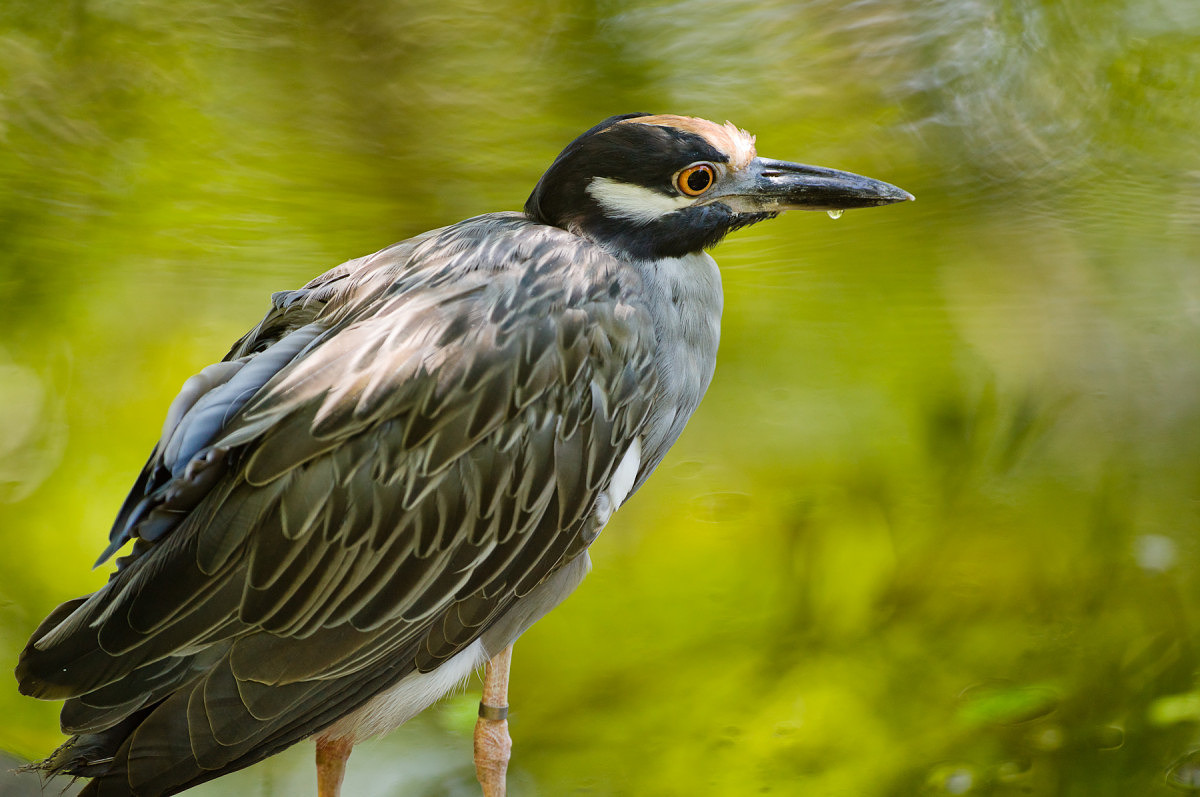
Leica S2 with Leica 400mm APO-Telyt-Modular, 1/125th @ f/4, ISO 640
100% Crop
I attempted to keep my shutter speed above 1/250th, but did let it drop down to 1/125th with acceptable results. Anything under 1/90th, even on a tripod with mirror up, and you will get a small amount of motion blur from the shutter moving. Expect this to continue to effect sharpness until you get to 1/4 of a second. The worst speed is 1/15th. So, for landscape applications, if you can’t get a higher shutter speed, you are better off stopping down, lowering ISO, and/or using an ND filter to shoot at 1/4 of a second or slower. Assuming you don’t have any motion in your frame and you have a very sturdy tripod and head, you will get much sharper results than you would at 1/60th of a second.
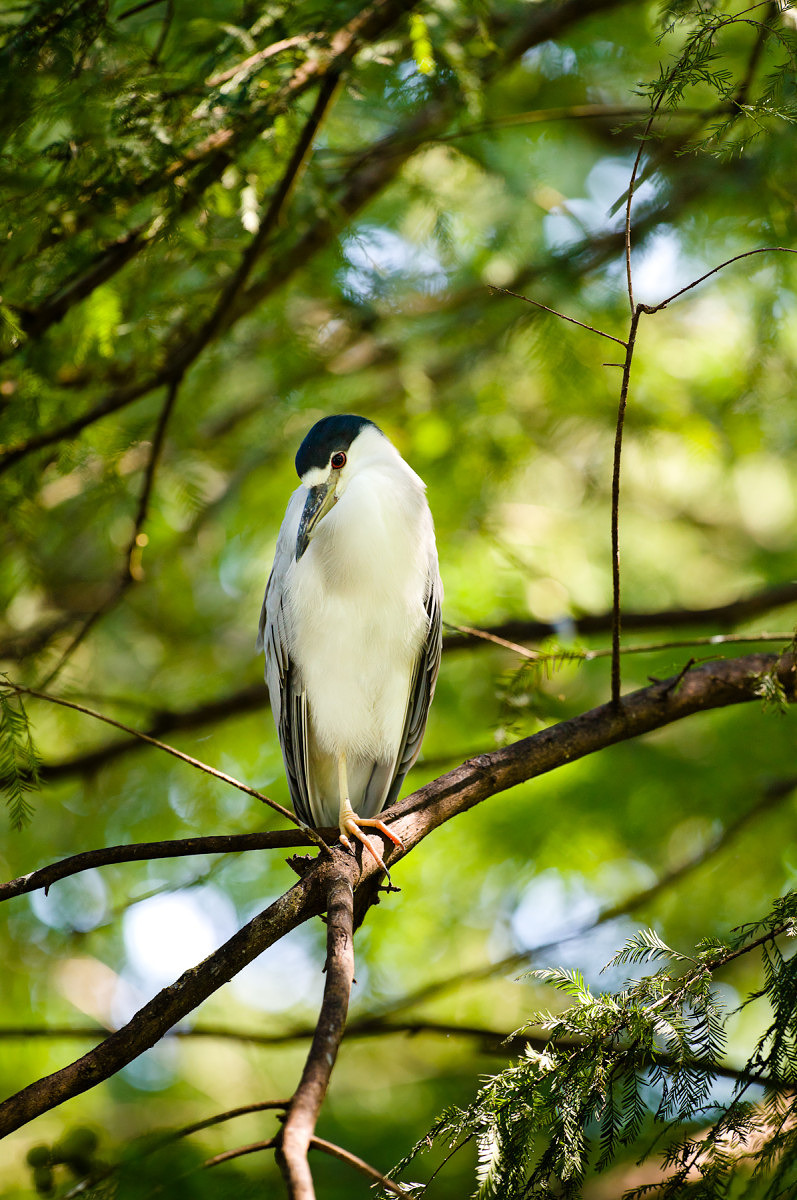
Leica S2 with Leica 400mm APO-Telyt-Modular, 1/125th @ f/4, ISO 640
100% Crop
Depth of field at f/4 was paper-thin, especially at closer distances. This shouldn’t come as a surprise given the long focal length and fast aperture. Given the slim margin of error for focus, I was chimping a lot. It’s times like these when having a good outdoor-viewable LCD is invaluable.
Also, being able to zoom to 100% in less than a second doesn’t hurt either. Even in the bright Florida sun, I was able to check my focus quickly, easily and accurately. And, in spite of checking focus every other shot for a few hours, my battery indicator never dipped below full-charge. I’m not sure I can stress enough the value of an instantaneous UI, a good sunlight-viewable LCD and long battery life. This is not the norm for medium format digital. Those that have shot with other systems understand what I’m saying.
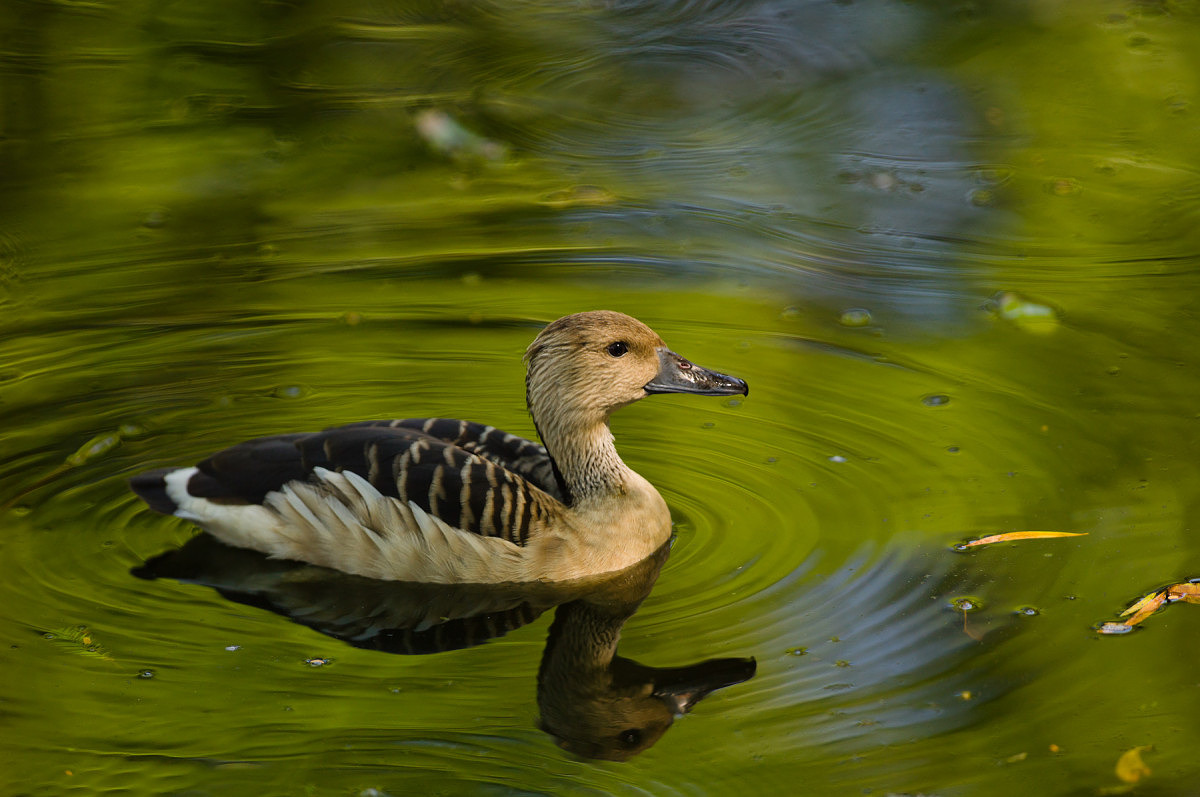
Leica S2 with Leica 400mm APO-Telyt-Modular, 1/350th @ f/4, ISO 320
100% Crop
When we had just about enough of the 92°F heat and the ravenously hungry mosquitoes feasting on our legs, we headed back to the office to take a look a the results. I certainly didn’t have a 100% hit rate in the real world, even on a tripod. Some misses were attributable to my lack of skill as a bird photographer. Some were due to my lack of achieving perfect focus. But on the balance, I’m pleased with the amount of decent shots I did get. When I nailed the focus, the images were tack sharp, had great color and decent bokeh. If I missed focus by even a few millimeters…well…not as much. The 400mm APO-Telyt rewards good technique and doesn’t forgive easily.
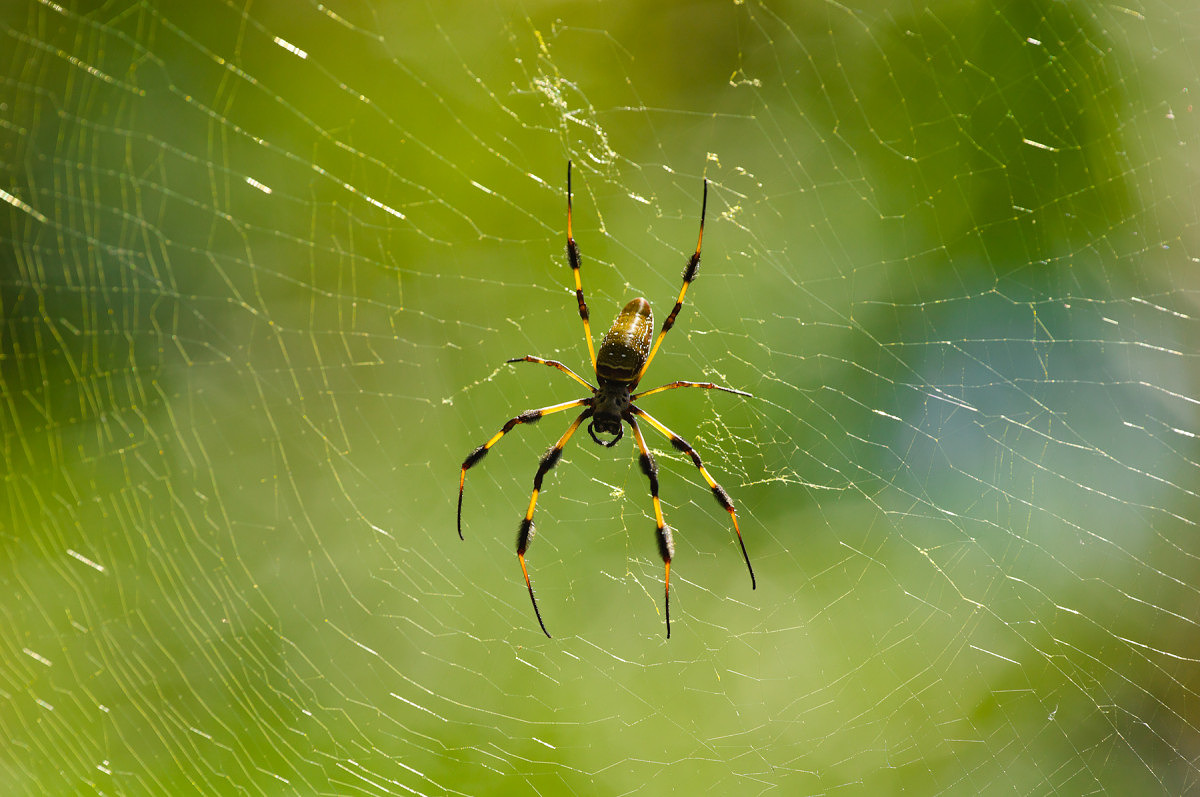
Leica S2 with Leica 400mm APO-Telyt-Modular, 1/350th @ f/8, ISO 320
100% Crop
We do plan on doing a head-to-head comparison of the Pentax 400mm ED-IF to the Leica 400mm APO-Telyt in a separate post. Having shot both lenses, I’m fairly confident of the outcome, but I will reserve final judgment until after testing.

Leica S2 with Leica 400mm APO-Telyt-Modular, 1/500th @ f/4, ISO 320
100% Crop
In the meantime, the Leica APO-Telyt-Modular-R 400mm f/4 remains the best performing long telephoto lens we have mounted on the Leica S2, and certainly the nicest to use. And really, why wouldn’t it be? It’s a Leica APO lens design coming home.
We already have an active discussion in the Alternative Lens Forum about the 400mm R lens on the S2 here: Leica S2 meets the Leica APO-Telyt-Modular-R 400mm f/4 Please chime in with any questions or comments and I'll do my best to answer them.

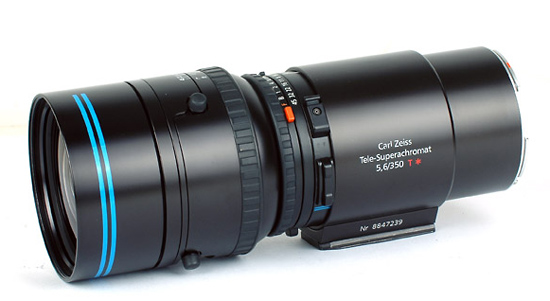

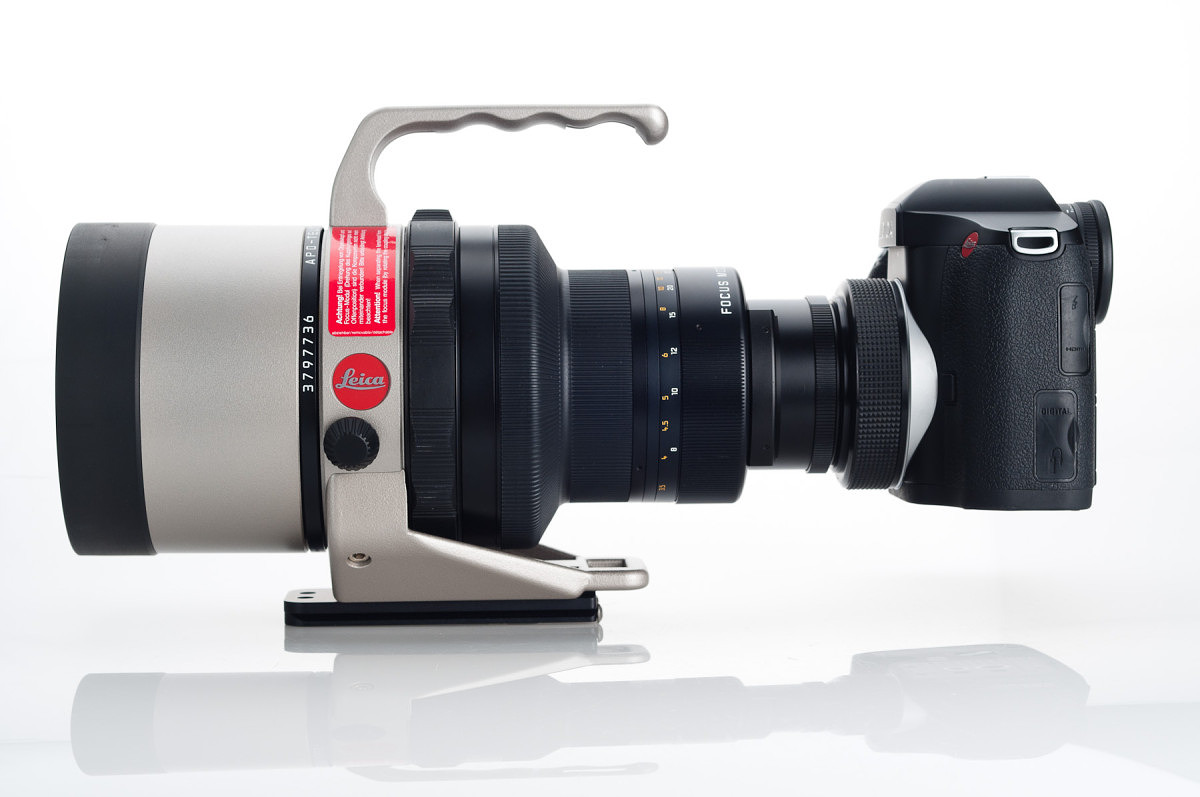
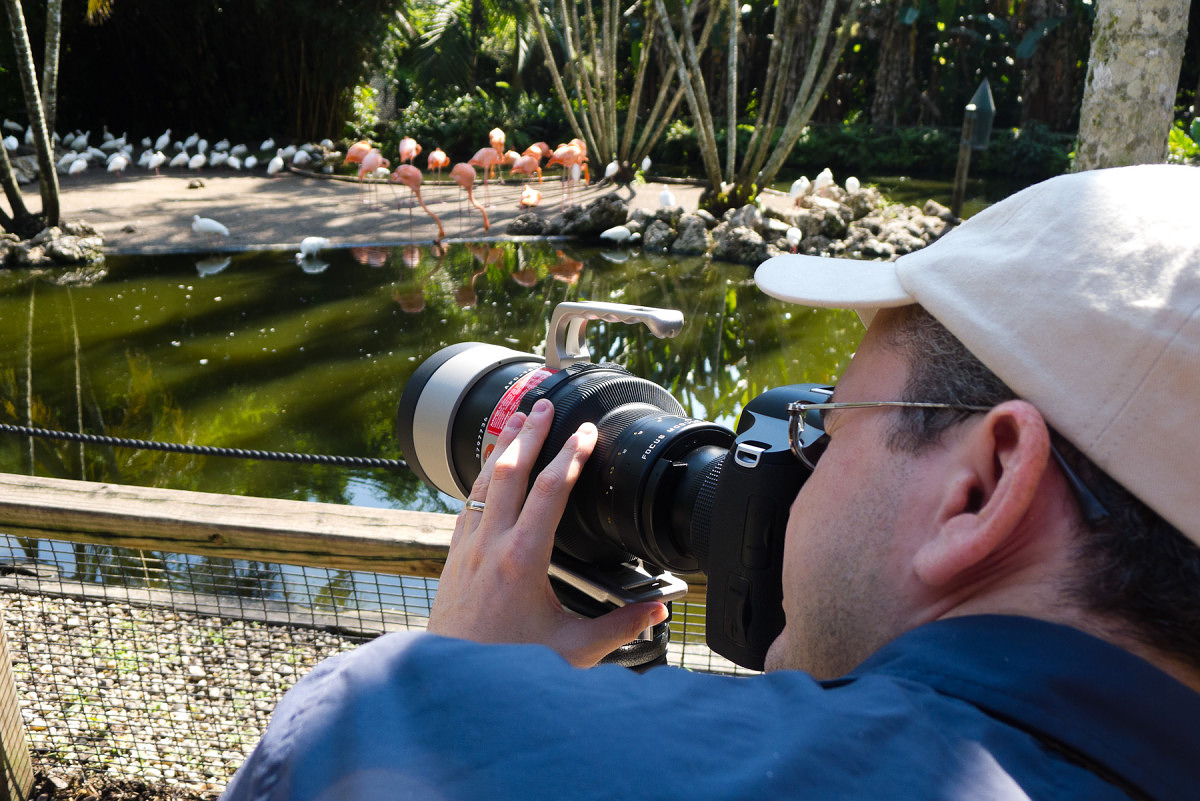
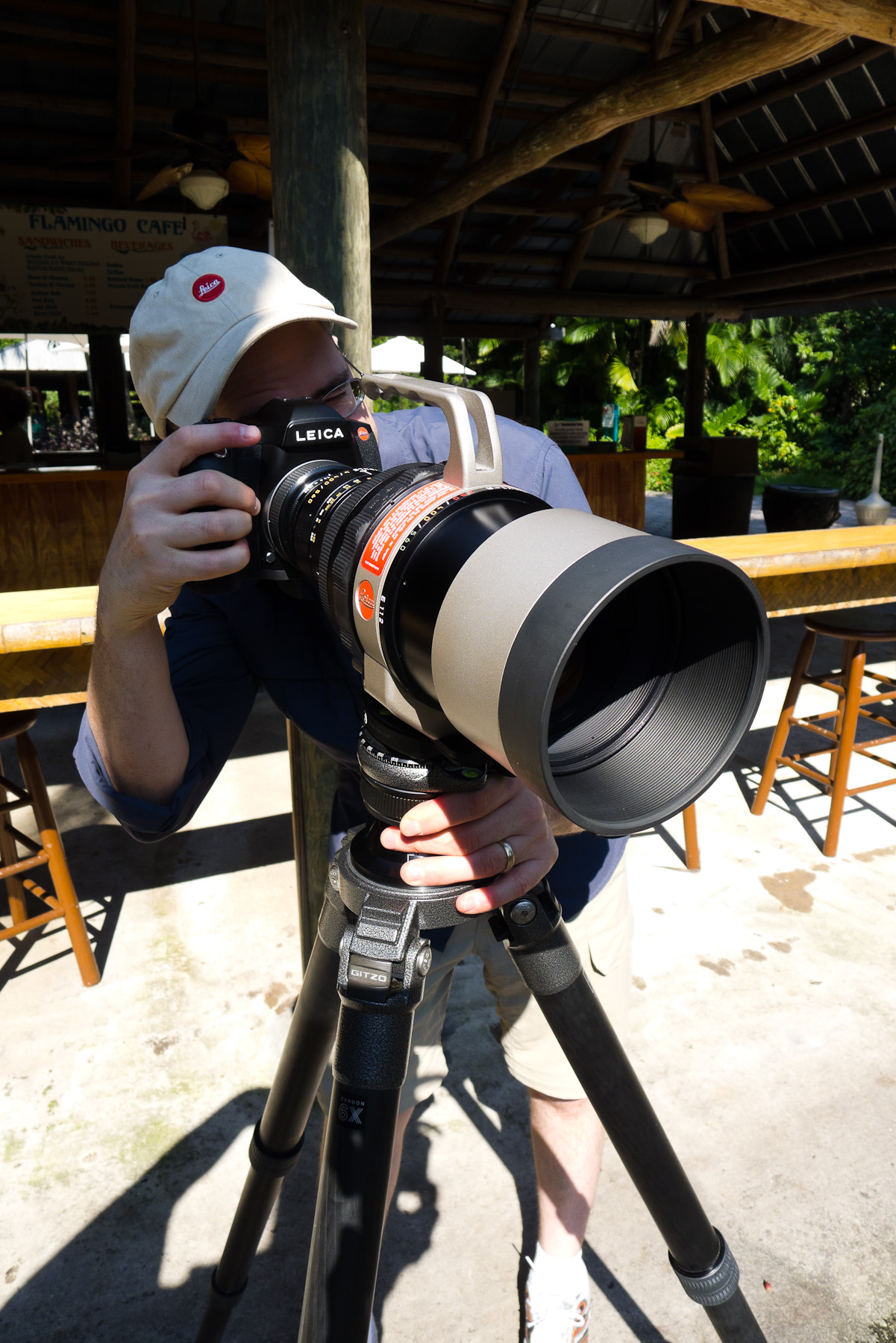
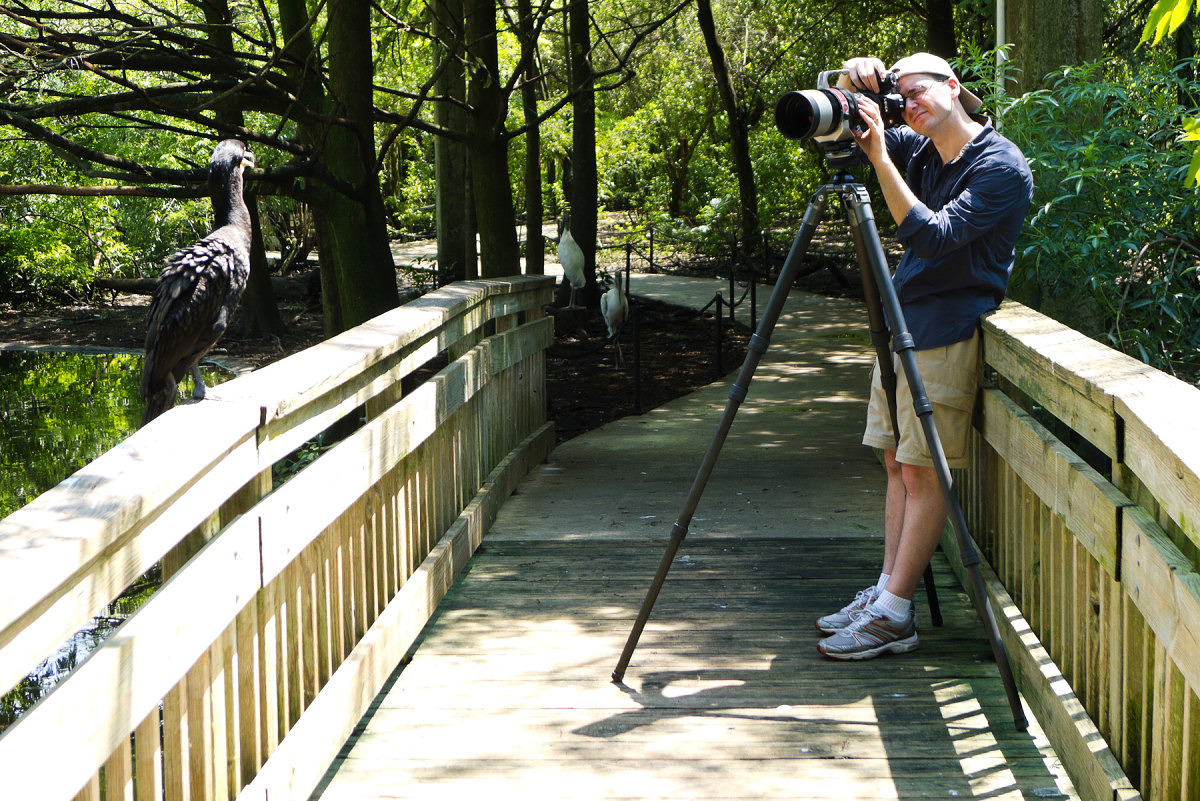
Can’t continue to work after reading this. This is so damn good. Want this lens and want to go back on Safari. 😀
Any intentions to commercialize the S mount for R lenses?
I am also unclear on one thing: the R lenses were designed to image on a 35mm film or full-frame sensor. So when these lenses are used with the S2, do they render an image that completely covers the sensor in the S2, or do they only cover a part of the sensor? Also, any limitations on what R lenses could be used with an S2?
It just so happens that this particular lens design covers more than 24×36. On the S2 there is no vignetting or falloff at all.
Theoretically, most R lenses longer than 180mm could be adapted to the S2. The lens barrel design would have to be able to be modified though. In the case of the 1.4x module, the rear of the lens is mostly empty tube, making the modification easier. It is also a matter of practicality. Why adapt a 180mm R lens when the 180mm S lens is so incredible and offers AF and weather sealing? So, really, the shortest practical length I’d ever adapt would be 280mm.
Hello
did you test a 560/800 tube allready?
I still have one and consider this conversion (just have to find a head again, as I sold mine some years ago)
Hi
Where can I find this Leica S2 with Leica 400mm APO-Telyt-Modular adapter? I have the two items and need to join them 🙂
For those who can purchase your very own Lv designer carrier, someone Celine Handbags Online http://www.celineonlinesaleus.com/
be seeking very wealthy, people can discover you numerous when you gently put your handbag along when you.
Have you tried 180f2 Summicron R APO on S2 ?
I think it would be great.